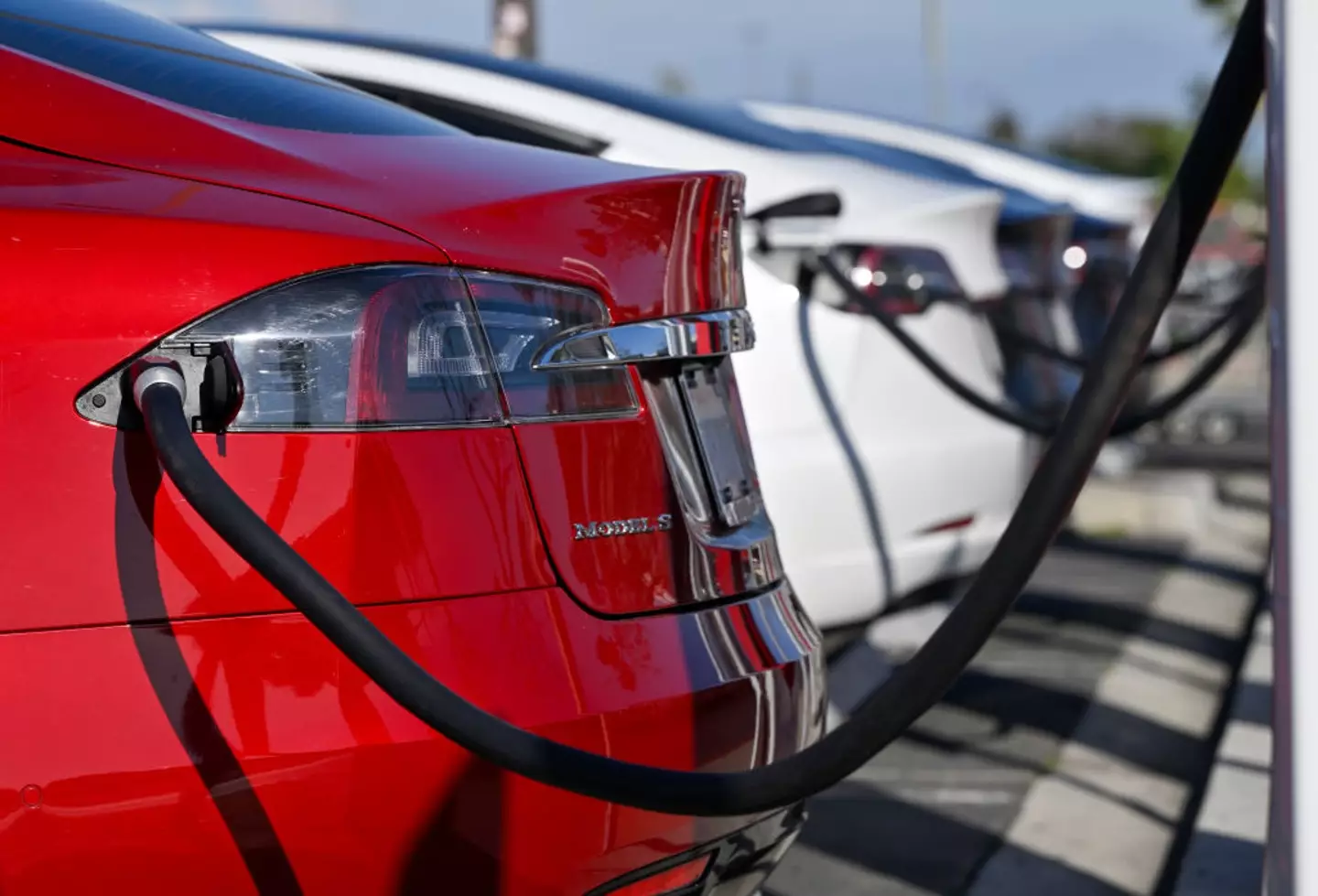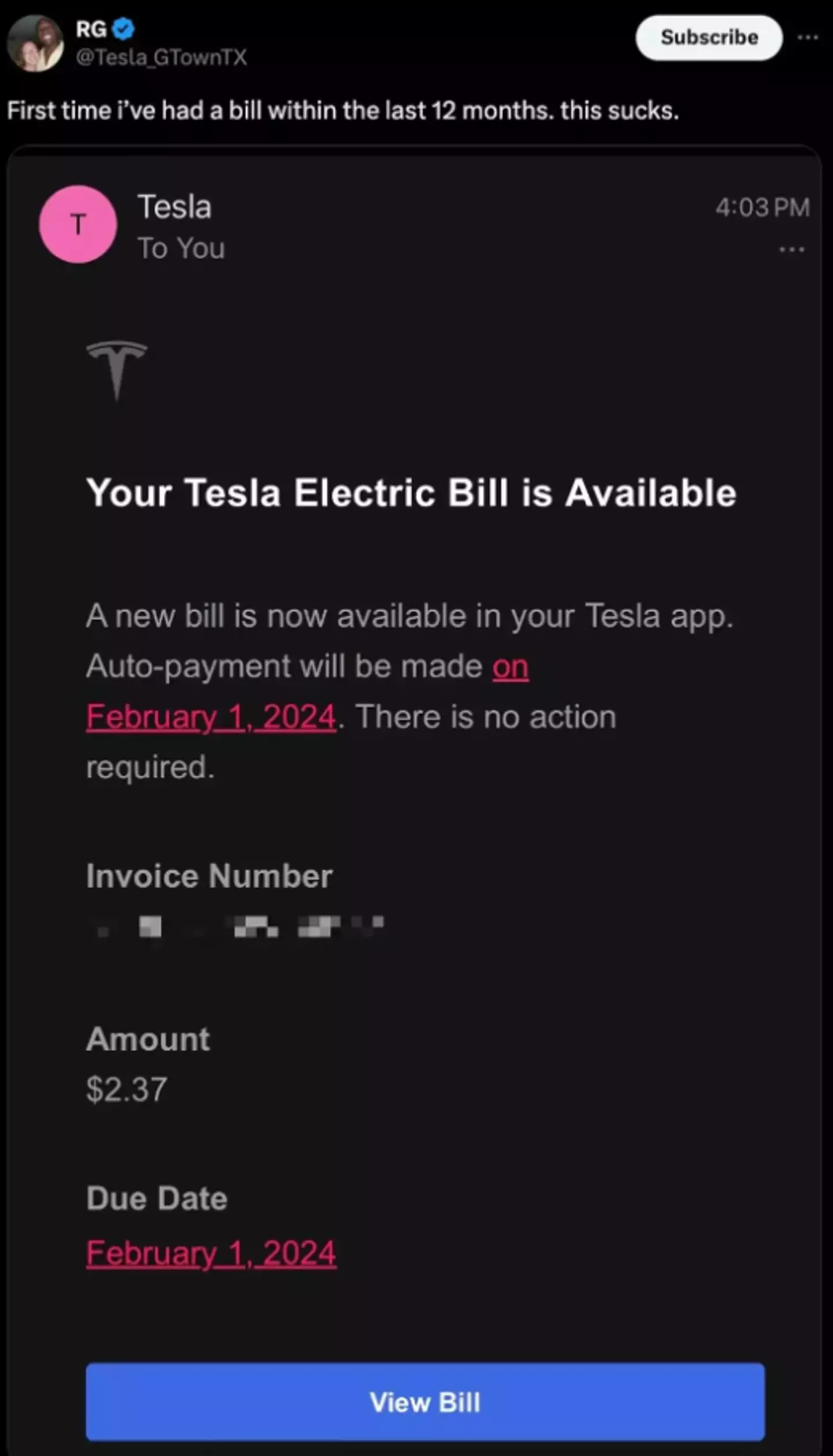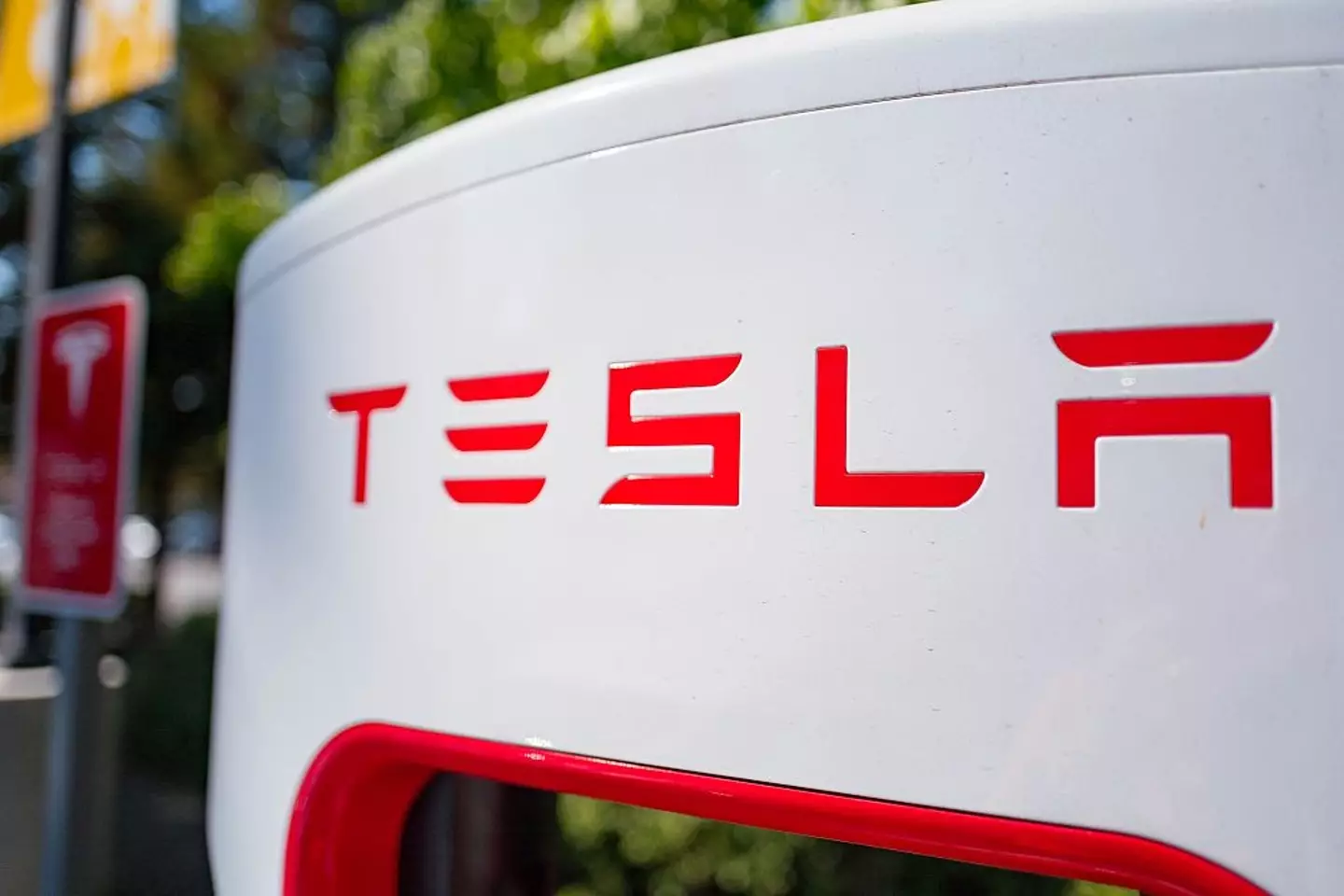In an era where the cost of living seems to constantly climb, the monthly electricity bill has become a source of anxiety for many households. The rise of electric vehicles has only added to this concern, with many drivers wondering how charging a car will impact their utility costs. However, one Tesla owner from Texas has turned this assumption on its head, captivating the internet by revealing an annual energy expense that is almost unbelievable. His story provides a fascinating glimpse into the long-term economics of sustainable technology.

The viral moment began when an X user, known online as @Tesla_GTownTX, shared a screenshot of his latest electricity bill. The total due was a mere $2.37. In a humorous caption that underscored the sheer novelty of the situation, he wrote, “First time I’ve had a bill within the last 12 months. This sucks.” The post immediately sparked a firestorm of reactions, ranging from utter disbelief to jokes about the “horrible” financial burden he now faced. Many were left scratching their heads, wondering how it was possible to power both a home and an electric vehicle for such a negligible amount.

The secret, as revealed through his profile, was not a billing error but a strategic investment in renewable energy. The Tesla owner relies on a home solar panel system to generate his own electricity. Any excess power generated during the sunny hours is stored in a Tesla Powerwall, a large home battery unit. This stored energy is then used to power his home and charge his Tesla vehicle at night or on cloudy days, effectively making him nearly independent from the traditional power grid. The $2.37 bill likely represents a small service fee or a tiny amount of grid power used during a period of low solar production.

While the prospect of a near-zero electricity bill is incredibly appealing, it comes with a significant upfront cost. A Tesla Powerwall is a substantial investment, with reports in 2025 indicating a price of over $11,000 for a single unit. For larger homes or those with higher energy demands, multiple batteries might be necessary, pushing the initial investment even higher. This reveals the true nature of the financial equation: the driver exchanged years of predictable monthly bills for one large, upfront capital expenditure on the solar and battery system.
The story of the $2.37 bill is more than just a viral curiosity; it’s a compelling case study in the evolving energy landscape. It demonstrates that for those who can manage the initial investment, combining solar power with battery storage and an electric vehicle can lead to dramatic reductions in ongoing living expenses. This Tesla owner’s experience offers a powerful vision of a potential future where households can achieve a high degree of energy independence, turning the dreaded monthly utility bill into a thing of the past.


